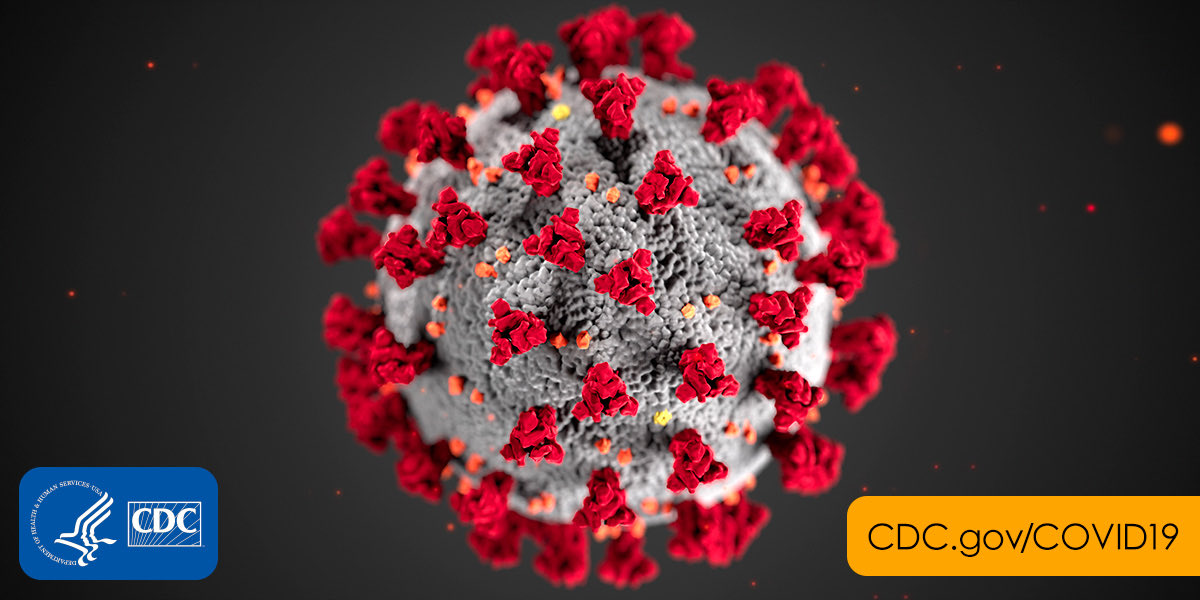In my first writing on the COVID19 Pandemic, I mentioned that flu surveillance can be used as a way to track the spread and severity of COVID19. Let me take you through some of what appeared in the Week 12 edition of FluView (the CDC’s influenza surveillance product). I originally wrote this on Twitter.
This first image shows the prevalence of influenza-like illness (or ILI) present in the country for the week ending March 20, 2020.

It shows flu-like illness is elevated across the country. The percentage of visits for ILI is almost to the levels of the peak of the current flu season, and the amount of confirmed flu (positive tests) is way down.
This next map shows the ILI activity in each state. Keep in mind that we are late in the flu season, and we are past peak. The map is ugly; it shouldn’t be so red. I also do not know why Florida is showing low levels of flu activity. It should be much higher than that. Perhaps the data is lagging.

More troublingly, perhaps, is that pneumonia and influenza mortality (P&I) was above the epidemic threshold for week 11, the week for which we have the most recent data. Since the CDC does not count the number of flu deaths (except for children), P&I mortality is one of the proxies used to determine that.

At this time of year, P&I mortality should be leveling off and then declining. This uptick could point to COVID19 deaths that are not being reported in the official case counts due to inadequate testing. This is one of the metrics that will be used to estimate the actual number of deaths once the epidemic is over.
I want to stress that the official case counts are far smaller than the number of actual infections, and the number of fatalities are as well, though I don’t think either can be quantified at this point.
I will continue to monitor FluView and see if it shows us anything that might be useful in determining if social distancing measures are helping.
Note that I am not a doctor, virologist, epidemiologist, or any other kind of expert. Infectious disease has long been an interest of mine, and here I am simply applying my interpretation of public data.
A future post may talk about what we know of serious illness in young people, including the prevalence of acute respiratory distress syndrome (ARDS). We seem to be seeing quite a lot of that, and but for modern medicine, we would probably be seeing a much different type of mortality.

